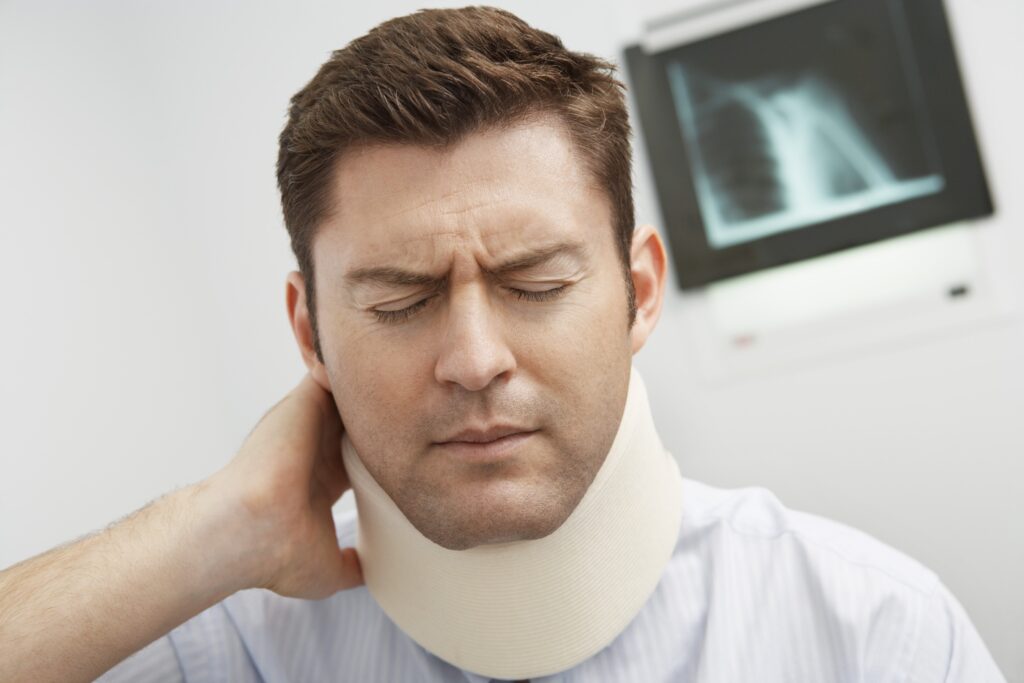
Accidents can happen to anyone, anywhere, and at any time. When they do, the physical and emotional toll can be devastating. Depending on the circumstances of an accident, you might be entitled to compensation for pain and suffering. In this blog, the Albuquerque personal injury lawyers at Lerner & Rowe explain New Mexico pain and suffering and how you can get compensation.
What Is Pain and Suffering Compensation?
Pain and suffering compensation is a type of non-economic damage that can be awarded to victims of accidents and other injuries. This type of compensation is designed to compensate victims for the physical and emotional pain and suffering they have experienced as a result of their injuries. The effects of physical pain and emotional pain can last a lifetime, especially if you’ve suffered from a catastrophic injury.
The severity of the pain and suffering will vary depending on the nature of the accident and injuries sustained. Some examples of physical medical conditions that can result in pain and suffering include:
- Chronic pain
- Paralysis
- Traumatic brain injury
- Spinal injuries
- Soft tissue injuries
- Broken bones and fractures
Pain and suffering also include emotional damage. Just like physical injuries, emotional pain can last for years. These conditions can have a devastating impact on a person’s life, making it difficult to work, maintain relationships, and enjoy everyday activities. Some examples of emotional pain and suffering include:
- Post-traumatic stress disorder (PTSD)
- Psychological trauma
- Anger and frustration
- Fear
- Insomnia
- Grief
- Worry
- Cognitive changes after a head injury
How Is New Mexico Pain and Suffering Calculated?
Unlike lost wages or medical bills, which have a set monetary amount, New Mexico pain and suffering is subjective. Per New Mexico law, there is no fixed amount or formula used in the state to calculate compensation for pain and suffering. However, there are two common methods that are used, including the multiplier and per diem method.
- Multiplier method: this method involves multiplying the plaintiff’s medical expenses and lost wages by a number between one and five, depending on the severity of the plaintiff’s injuries.
- Per diem method: this method involves assigning a daily dollar amount to the plaintiff’s pain and suffering. The daily amount is typically based on the plaintiff’s age, occupation, and the severity of their injuries.
In addition to these methods, the court or jury may also consider other factors when calculating pain and suffering, such as:
- The type and severity of the plaintiff’s injuries
- The length of time the plaintiff has experienced pain and suffering
- The impact of the plaintiff’s injuries on their daily life, including their ability to work, enjoy their hobbies, and spend time with family and friends
- The plaintiff’s age, health, and prognosis
- The defendant’s negligence or recklessness
Some states place a cap on non-economic damages in personal injury lawsuits. New Mexico only caps non-economic damages in medical malpractice claims at $600,000. This amount does not include medical bills. This means the most you can receive for pain and suffering, lost wages, and other non-economic damages is $600,000, even if a jury awards more.
How Do I Prove Pain and Suffering in New Mexico?
In order to win damages for pain and suffering in New Mexico, you must prove how your injuries sustained in the accident have negatively impacted your life. Your lawyer will use evidence to prove that you are experiencing pain and suffering, including:
- Medical bills and records
- Pictures of your injuries
- Documentation showing time missed from work and lost wages
- Physical therapy records that show the progress of your recovery and the limitations that your injuries have caused
- A pain journal that tracks your pain levels and how your pain affects your daily life
- Testimony from family and friends about how your injuries have impacted them
This evidence can be used to negotiate a settlement with the insurance company or to present to a jury if your case goes to trial. When proving pain and suffering, it is important to be as specific as possible. For example, instead of saying that you are experiencing pain, describe the specific type of pain you are feeling, where it is located, and how it affects your life.
What Other Damages Can I Get After an Accident?
Along with compensation for pain and suffering in New Mexico, depending on your case, you might be eligible for additional compensation, such as:
- Medical expenses
- Prescription and medical equipment costs
- Lost wages and loss of earning capacity
- Property damage
- Cost of home modifications if you become disabled.
- Loss of enjoyment of life
- Loss of consortium
In some cases, punitive damages may also be awarded. These damages are not as common and are only awarded in cases where the defendant’s conduct is found to be intentional, reckless, or grossly negligent. Punitive damages are meant to serve as a punishment to deter the defendant and others from engaging in similar behavior.
Contact a New Mexico Personal Injury Lawyer
New Mexico pain and suffering can have a devastating impact on your quality of life and your finances. While no amount of money can truly make up for your injuries and anguish, you may be able to file a personal injury claim and obtain compensation. If you or a loved one have been injured due to the negligent or recklessness of another, schedule a free case consultation with a New Mexico personal injury lawyer.
Contact us today to get started 844-977-1900 for help. Our office hours are 8:00 a.m. to 5:00 p.m., Monday through Friday, but we’re available 24/7 to take your call. We also offer an online LiveChat for your convenience. You can also get in touch with us via our online contact form.



